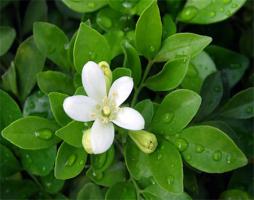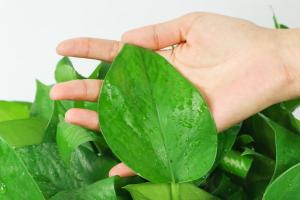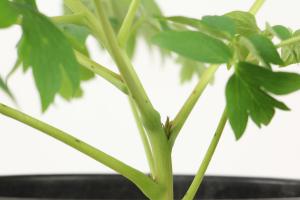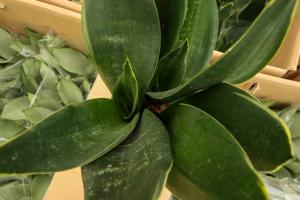Should Newly Planted Trees Be Fertilized
Planting a tree is a noble act that contributes to the environment and sustains natural resources. But planting is not enough to ensure a healthy and robust tree. Trees also need appropriate care and nourishment to thrive. One of the ways to provide nutrients to trees is through fertilization. Fertilization is the process of applying essential chemicals and minerals to the soil to help plants grow faster and healthier. However, the question is, should newly planted trees be fertilized?
Benefits of Fertilizing Newly Planted Trees
Fertilizing newly planted trees can provide several benefits, including
Promote growth - The nutrients in fertilizers provide a boost to the tree's growth rate, helping it establish faster and develop stronger roots.
Improve soil quality - Fertilizers enrich the soil, making it more nutrient-rich and balanced, which enhances the health of the tree.
Stress relief - Young trees might be stressed after being transplanted, and fertilization helps them recover from the shock and adapt to their new surroundings.
Disease resistance - Proper nutrition helps trees become more resistant to diseases, pests, and other environmental factors that could harm them.
When to Fertilize
While fertilizing is essential, it's crucial to time it right. Fertilizing at the wrong time or using the wrong type of fertilizer can harm the tree or attract undesired pests. The best time to fertilize newly planted trees is during their second or third growing season.
During the first season, the tree devotes most of its energy to establishing roots, and fertilizing can disrupt this process. Applying fertilizer too early can burn the roots and cause damage to the tree. On the other hand, waiting too long to fertilize can cause the tree to become malnourished and vulnerable.
It's also essential to consider the type of fertilizer used. A balanced slow-release fertilizer with a nitrogen-phosphorus-potassium (NPK) ratio of 3-1-2 or 4-1-2 is ideal for trees. Choosing a fertilizer with the appropriate level of phosphorus and potassium is essential because phosphorus encourages root growth, and potassium promotes stress resistance.
Fertilizing Techniques
Fertilizer placement is also critical for newly planted trees. The fertilizer should be placed at the tree's drip line or the area equivalent to its canopy spread. This placement ensures that the nutrients reach the roots effectively.
Another technique for fertilizing is to apply fertilizers in trenches, nutrient wells, or tree spikes. Trenching involves digging a shallow trench around the tree's drip line and filling it with fertilizer. Nutrient wells are pits dug around the tree in a star-shaped pattern, which is then filled with fertilizer. Tree spikes are narrow bars inserted into the soil around the tree, containing slow-release fertilizer.
Conclusion
Fertilizing newly planted trees is a beneficial practice that can positively impact the tree's health, growth, and resistance to stress and disease. However, it's crucial to fertilize at the right time and using the right fertilizer and placement techniques. With proper care and nourishment, newly planted trees can grow robust and provide environmental benefits for years to come.

 how many times do yo...
how many times do yo... how many planted tre...
how many planted tre... how many pine trees ...
how many pine trees ... how many pecan trees...
how many pecan trees... how many plants comp...
how many plants comp... how many plants can ...
how many plants can ... how many plants and ...
how many plants and ... how many pepper plan...
how many pepper plan...






























